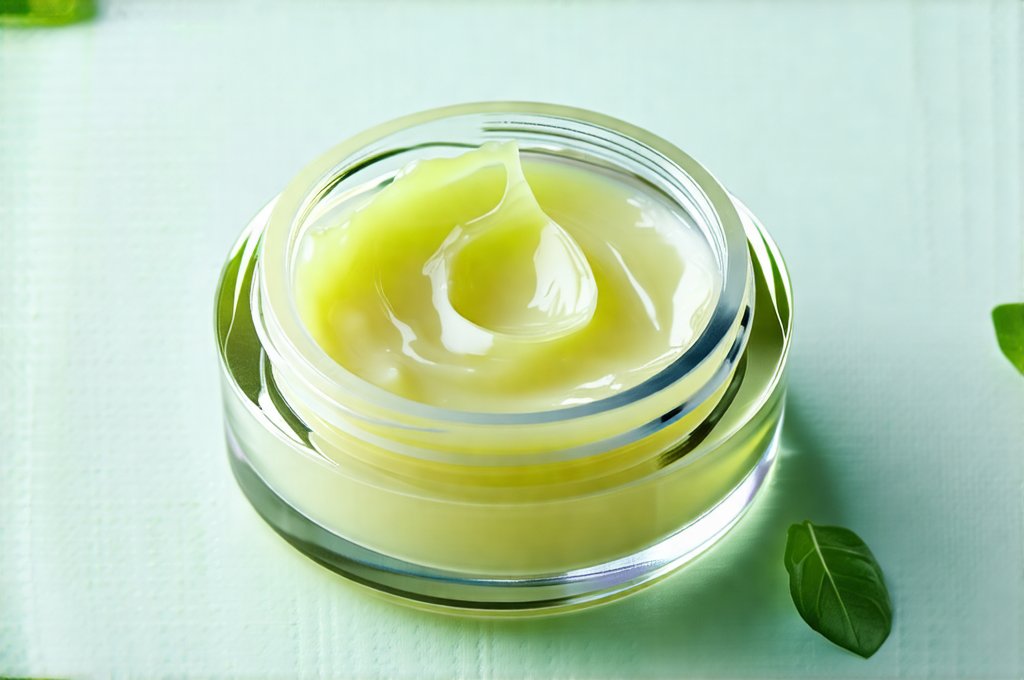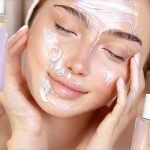The skin is our largest organ, acting as a vital barrier between us and the external environment. For many, this protective layer can be particularly sensitive, reacting strongly to seemingly innocuous ingredients in skincare products. When dealing with sensitive skin – especially conditions like eczema, rosacea, or allergies – the impact extends beyond mere irritation; it can trigger flares that are physically uncomfortable and emotionally draining. Finding a routine that soothes rather than exacerbates these sensitivities requires careful consideration, not just of product labels but also of how our skin changes day to day. Some days, skin is resilient and able to tolerate more robust ingredients, while other days demand the gentlest touch – demanding a bladder-safe skincare approach, prioritizing simplicity and minimizing potential triggers.
This concept of “bladder-safe” skincare isn’t about literal urinary health, but rather a metaphorical term representing extreme sensitivity, where even minor irritants can cause significant reactions. It’s born from the experience of those whose skin reacts so severely that it feels like an internal system is overwhelmed – hence the comparison to bladder control issues. This routine focuses on ultra-minimalist formulas, avoiding common allergens and irritants, and prioritizing soothing, hydrating ingredients. It’s a proactive approach for days when your skin feels fragile, offering a buffer against potential flare-ups and supporting optimal barrier function. Understanding this nuanced need is key to achieving calm, comfortable, and healthy skin, even on the most sensitive of days. You can explore additional support with smart scheduling tips when managing sensitivity.
Identifying Your Skin’s Triggers
Sensitive skin isn’t a one-size-fits-all condition; triggers vary greatly from person to person. What causes a reaction in one individual might be perfectly tolerated by another. The first step in building a bladder-safe routine is meticulous self-observation and identifying those personalized sensitivities. Common culprits include fragrances (both synthetic and natural), dyes, certain preservatives like parabens and formaldehyde releasers, sulfates (SLS/SLES), alcohol denat., essential oils, and even seemingly gentle ingredients like witch hazel or citrus extracts.
Pay close attention to how your skin reacts after introducing a new product. Don’t assume immediate results; reactions can sometimes develop over days or weeks of consistent use. Keep a skincare journal – it sounds tedious, but it’s incredibly helpful. Note the products used, application order, and any changes in your skin’s condition (redness, itching, burning, dryness, breakouts). If you consistently notice a pattern between a particular ingredient and a negative reaction, consider eliminating it from your routine entirely. Patch testing – applying a small amount of product to an inconspicuous area like the inner arm for several days – is also crucial before incorporating new items into your regular regimen.
Furthermore, environmental factors can play a significant role. Extreme temperatures, humidity changes, sun exposure, and even stress levels can impact skin sensitivity. Acknowledging these external influences allows you to adjust your routine accordingly, offering extra support when needed. Remember that the goal isn’t just avoiding triggers but also strengthening your skin barrier – a healthy barrier is more resilient and less prone to irritation. Planning for these sensitivities with best routines can offer additional peace of mind.
Building Your Bladder-Safe Routine: Core Principles
A bladder-safe skincare routine revolves around simplicity, gentleness, and hydration. The fewer ingredients a product contains, the lower the risk of encountering a trigger. Look for products specifically formulated for sensitive skin, labelled “fragrance-free,” “dye-free,” and “hypoallergenic.” However, be cautious of marketing terms; always scrutinize the ingredient list. Avoid anything with a long, complex chemical name you don’t recognize – less is truly more in this case.
Hydration is paramount. A compromised skin barrier loses moisture easily, leading to dryness, irritation, and increased sensitivity. Incorporate hydrating ingredients like hyaluronic acid (a humectant that draws moisture to the skin), ceramides (which help repair and strengthen the skin barrier), and emollients like squalane or shea butter (which soften and smooth the skin). Cleansers should be extremely mild – think cream cleansers, oil cleansers, or micellar water. Avoid harsh foaming agents and abrasive scrubs. Finally, sunscreen is non-negotiable, even on cloudy days. Choose a mineral sunscreen containing zinc oxide or titanium dioxide, as chemical filters can often be irritating for sensitive skin.
Understanding Barrier Repair & Strengthening
A damaged skin barrier is at the heart of most sensitivity issues. Think of it like a brick wall – if the bricks (skin cells) are weak and the mortar (lipids that hold them together) is crumbling, the wall becomes porous and vulnerable to external aggressors. The goal of bladder-safe skincare isn’t just avoiding irritants but actively repairing and strengthening this barrier. Ceramides are crucial for rebuilding the lipid layer, while ingredients like niacinamide can help improve skin cell function and reduce inflammation.
- Focus on lipids: Incorporate products containing ceramides, cholesterol, and fatty acids – these are the building blocks of a healthy skin barrier.
- Humectants & Emollients: Combine humectants (like hyaluronic acid) to draw moisture in with emollients (like squalane or shea butter) to lock it in.
- Gentle Exfoliation (if tolerated): Very gentle exfoliation, such as using a soft washcloth or enzyme peel once a week, can help remove dead skin cells and promote cell turnover, but proceed with extreme caution and discontinue if any irritation occurs.
Minimizing Ingredient Overload & Layering
The more products you use, the higher the chance of encountering an irritating ingredient. Keep your routine streamlined – cleanser, moisturizer, sunscreen are often sufficient. Avoid layering multiple active ingredients at once; this can overwhelm sensitive skin and increase the risk of reactions. Introduce new products one at a time, allowing several days to observe how your skin responds before adding another.
When applying products, use gentle patting motions rather than vigorous rubbing or scrubbing. This minimizes friction and reduces irritation. Also, consider the order in which you apply your products – typically, start with the thinnest consistency (cleanser) and work your way up to the thickest (moisturizer). Avoid mixing too many different brands or formulas at once; sticking to a few trusted products from reputable brands can simplify things and reduce potential conflicts. For longer days, consider tips for sensitive urinary needs as a holistic approach to well being.
Decoding Ingredient Lists & “Free From” Claims
Navigating ingredient lists can be daunting, but it’s essential for bladder-safe skincare. Become familiar with common irritants and learn to identify them in product labels. Pay attention not just to the ingredients themselves, but also their concentration – a small amount of an irritant might be tolerated by some, while others will react even to trace amounts.
“Free from” claims (fragrance-free, dye-free, paraben-free) can be helpful starting points, but don’t rely on them blindly. “Fragrance-free” doesn’t necessarily mean scentless; it might contain masking fragrances designed to cover up unpleasant odors. Always check the full ingredient list for potential triggers. Look for products that are formulated with minimal ingredients and transparently disclose all components. If you have a known allergy, be extra vigilant about cross-contamination – even trace amounts of an allergen can cause a reaction. Consider safe meal reheating practices to avoid additional sensitivities.





















